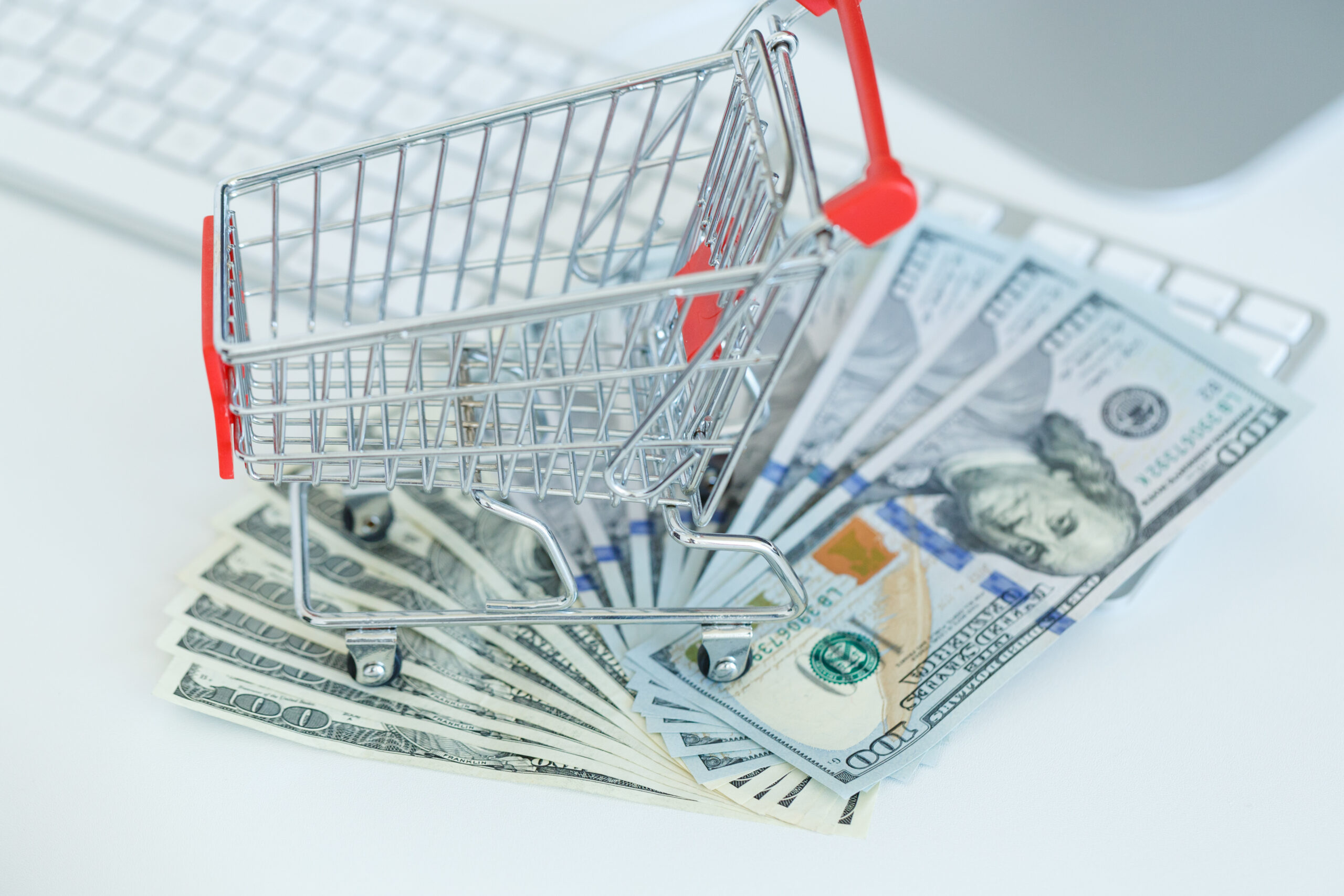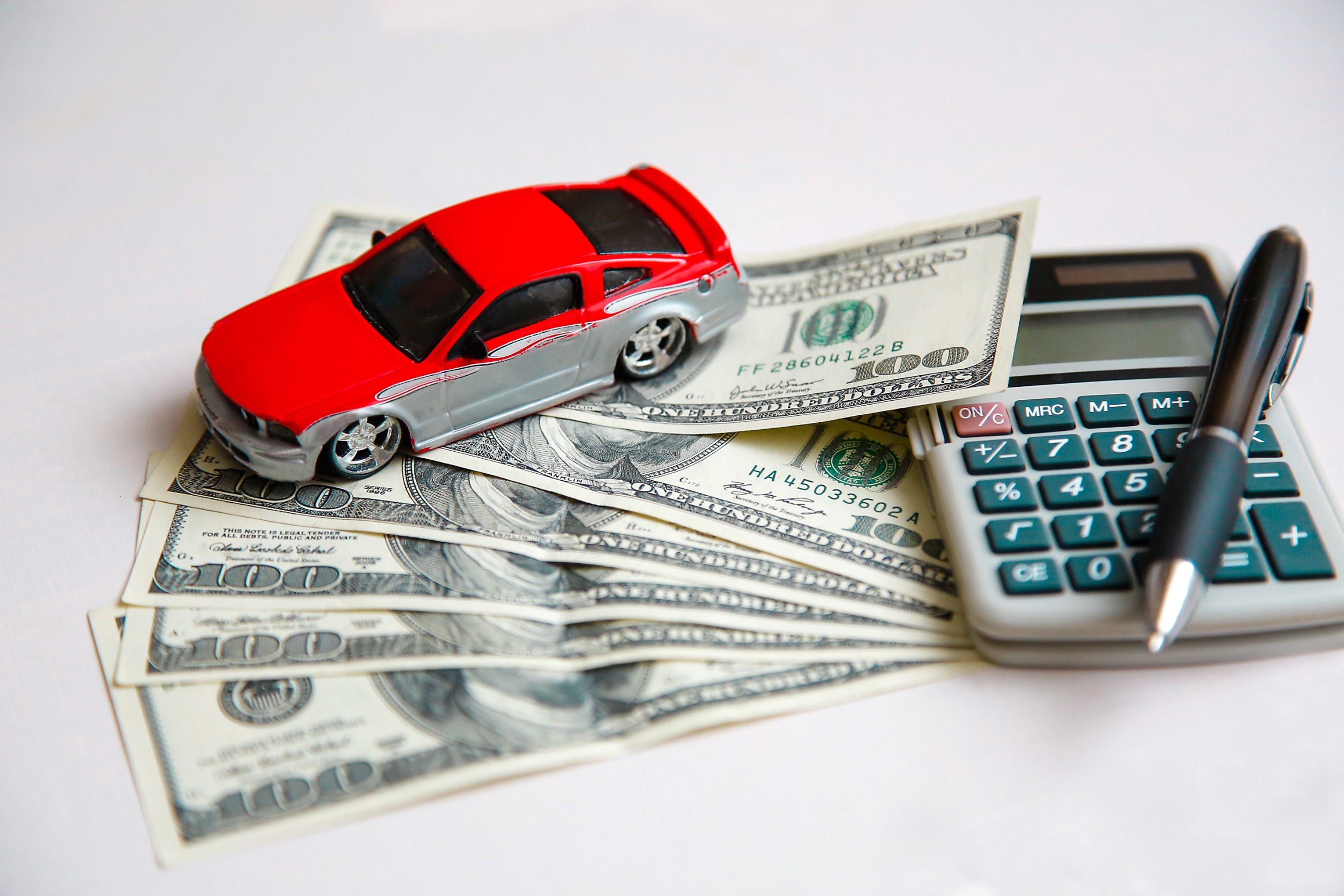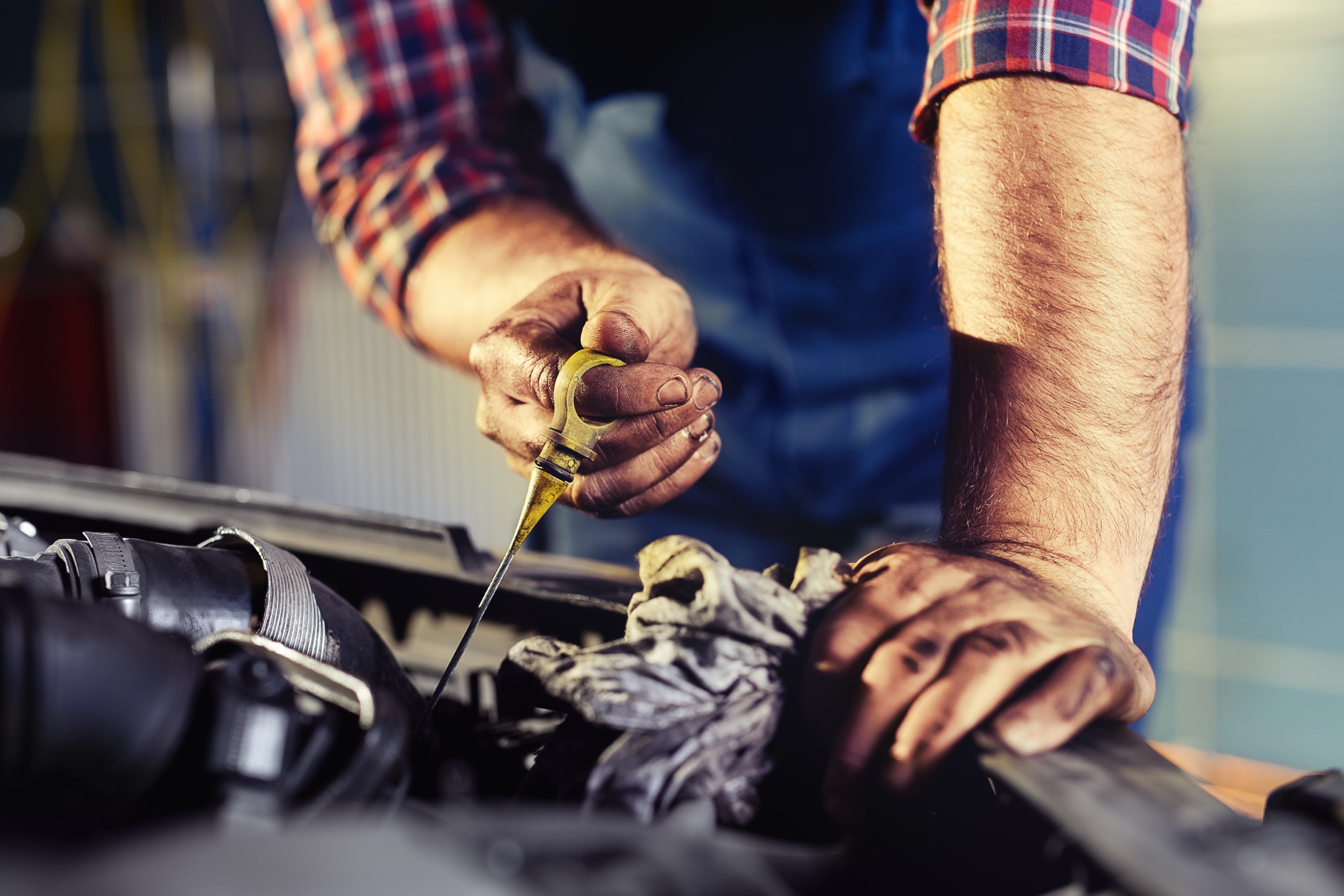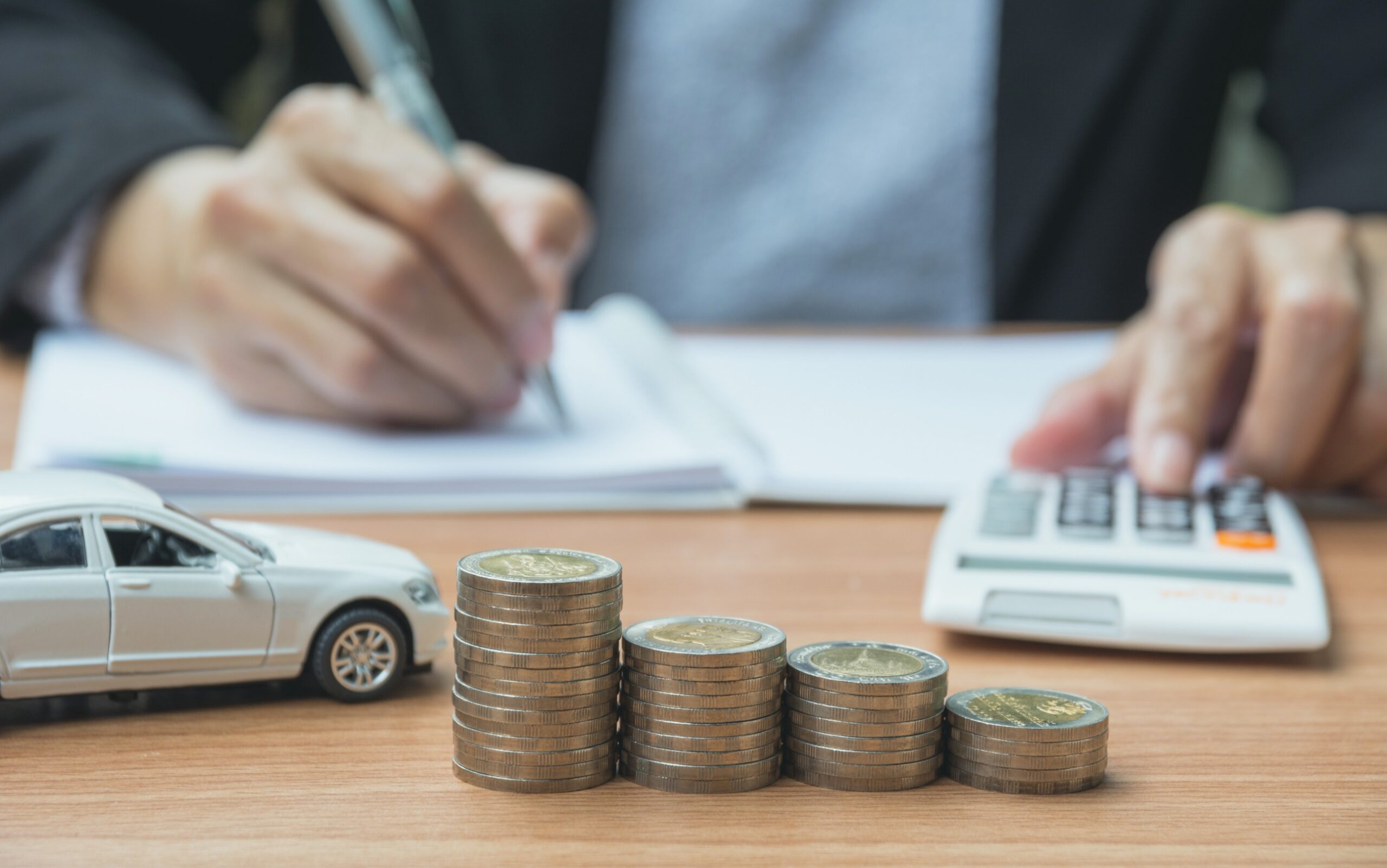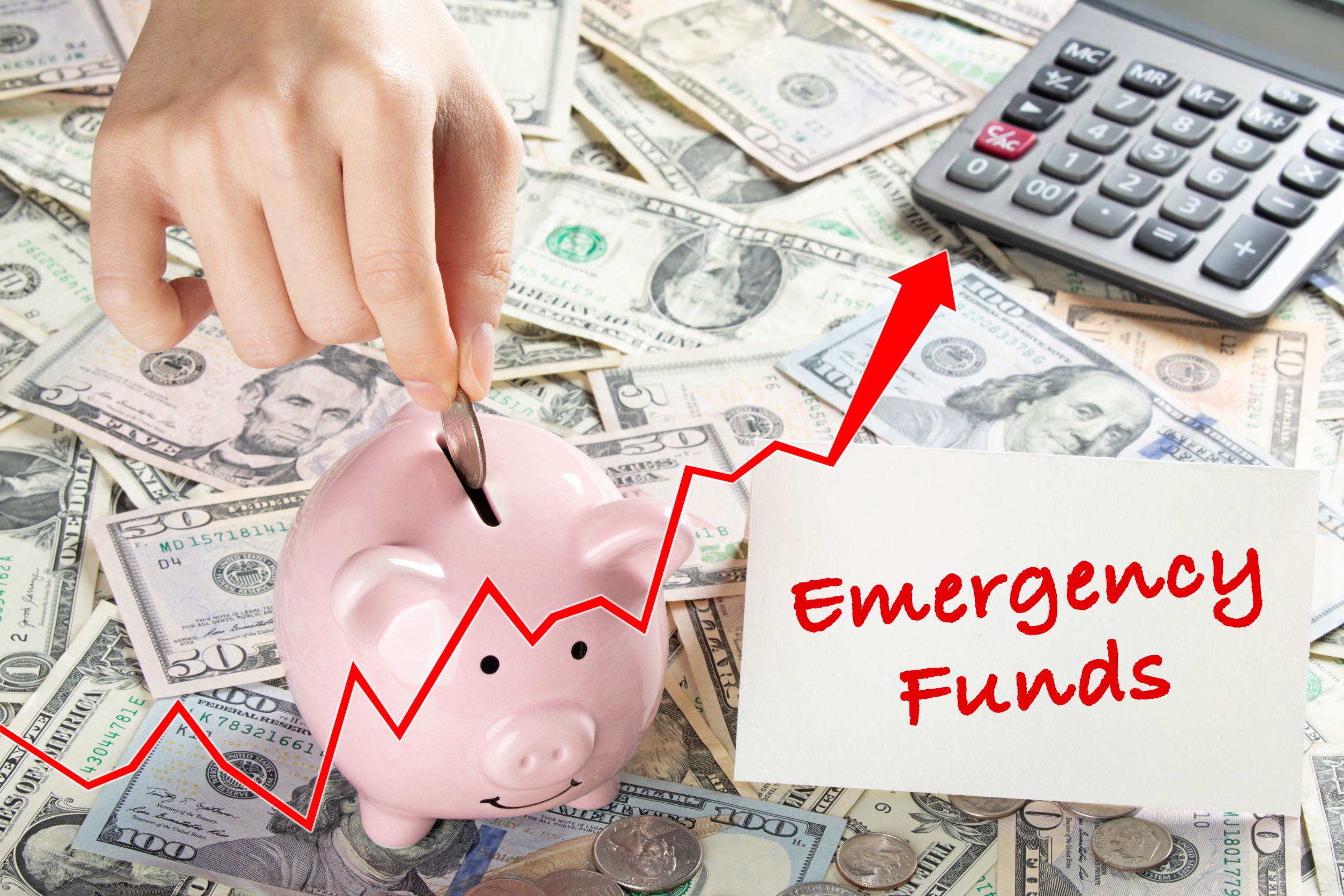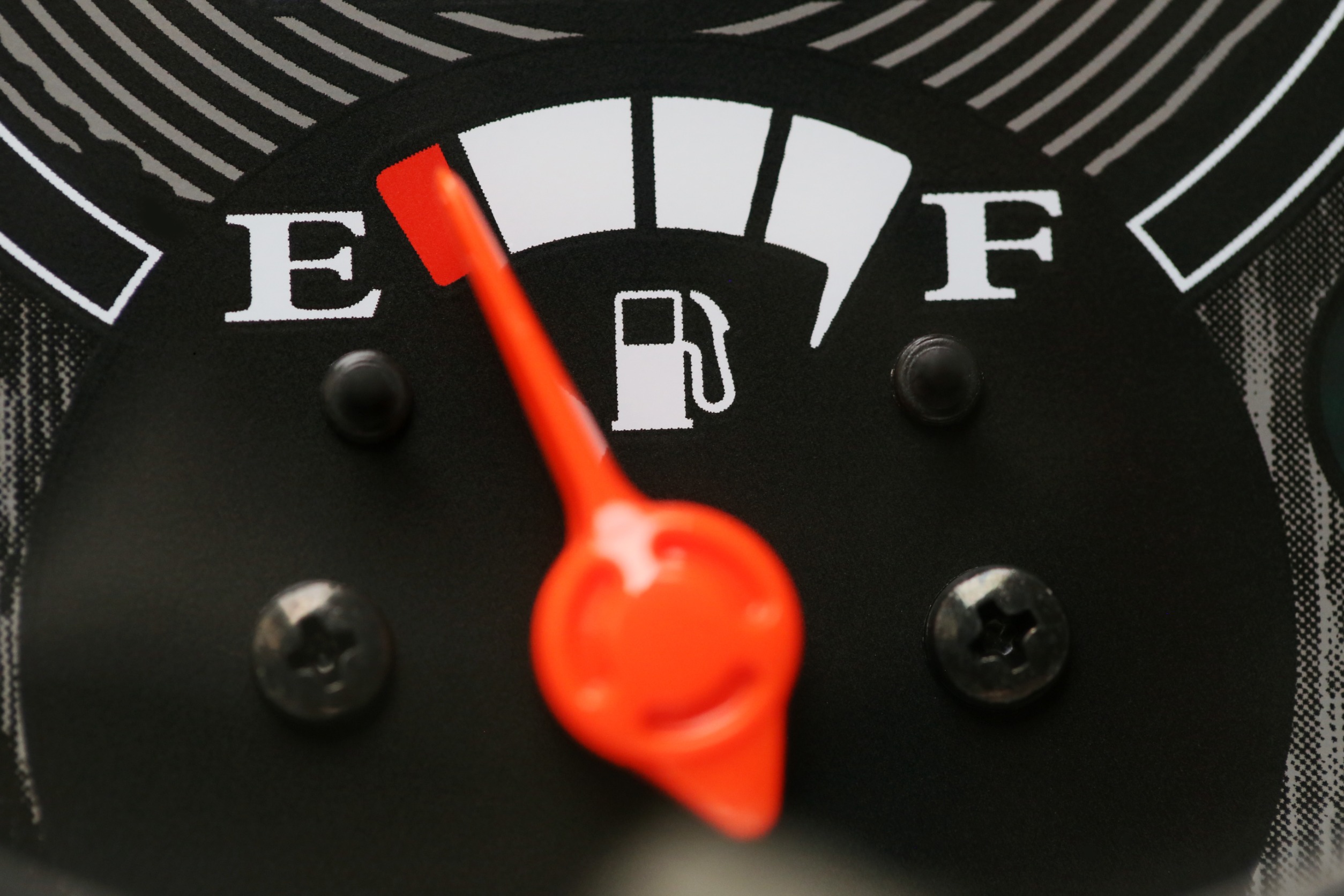DoorDash is a convenient way to get food delivered right to your door, but it can also lead to unnecessary expenses if you’re not careful. Here are 14 ways you might be wasting money on DoorDash and practical tips to help you save.
1. Not Using Promo Codes
Promo codes are frequently available but often overlooked. By taking a few minutes to search for current promo codes, you can save a significant amount on your orders. Websites like RetailMeNot or Honey can help you find the latest discounts.
2. Ignoring Membership Programs
If you use DoorDash regularly, consider subscribing to DashPass. This membership program offers benefits like free delivery and reduced service fees on eligible orders. The monthly fee often pays for itself after just a few orders, making it a worthwhile investment.
3. Ordering During Peak Times
Delivery fees and surge pricing can be higher during peak hours. By ordering during off-peak times, you can avoid these extra costs. Planning your meals ahead can help you dodge these higher fees and save money.
4. Not Taking Advantage of Free Delivery Offers
Many restaurants offer free delivery promotions, especially for first-time customers. Keep an eye out for these deals and plan your orders accordingly. Free delivery can significantly reduce the overall cost of your meal.
5. Adding Too Many Extras
It’s easy to get carried away with adding sides, drinks, and desserts to your order. These extras can quickly increase your total cost. Stick to the essentials to keep your spending in check.
6. Forgetting About Service Fees
Service fees are often added to your total without you noticing. These fees can add up over time, making each order more expensive than it initially appears. Be aware of these fees and factor them into your decision to order.
7. Not Comparing Prices
Some restaurants have different prices on DoorDash compared to their in-house menu. Always check the restaurant’s own website or call to compare prices before ordering through the app. This small step can save you from paying inflated prices.
8. Overlooking Pickup Options
Many restaurants offer the option to pick up your order instead of having it delivered. Choosing pickup can save you both delivery fees and tips. This option is particularly useful if the restaurant is nearby and convenient to reach.
9. Ignoring Bundle Deals
Some restaurants offer bundle deals that include multiple items at a discounted price. Look for these deals to get more value from your order. Bundles can provide a variety of food for less money than ordering items individually.
10. Forgetting About Leftovers
Ordering enough for leftovers can provide you with an additional meal, stretching your dollar further. Plan your orders with future meals in mind. This strategy not only saves money but also time on cooking and ordering again.
11. Not Using a Rewards Credit Card
Use a rewards credit card to pay for your orders. This way, you can earn points, cashback, or other rewards on every purchase. Over time, these rewards can add up to significant savings or benefits.
12. Ignoring Seasonal Promotions
DoorDash often runs seasonal promotions with significant discounts. Keep an eye out for these offers and take advantage of them. Seasonal promotions can provide substantial savings on your favorite meals.
13. Not Setting a Budget
It’s easy to lose track of how much you’re spending on food delivery. Set a monthly budget for DoorDash and stick to it to avoid overspending. A budget helps you manage your finances better and ensures you don’t spend more than you intend.
14. Forgetting to Tip Wisely
While tipping is important, over-tipping can add up. Tip reasonably based on the service and consider the delivery fee you’re already paying. Being mindful of your tips can help you save money over time.
Conclusion
By being mindful of these common pitfalls, you can enjoy the convenience of DoorDash without breaking the bank. Implementing these tips will help you make smarter choices and save money on your food deliveries. With a little planning and awareness, you can make DoorDash a more cost-effective part of your dining routine.

Latrice is a dedicated professional with a rich background in social work, complemented by an Associate Degree in the field. Her journey has been uniquely shaped by the rewarding experience of being a stay-at-home mom to her two children, aged 13 and 5. This role has not only been a testament to her commitment to family but has also provided her with invaluable life lessons and insights.
As a mother, Latrice has embraced the opportunity to educate her children on essential life skills, with a special focus on financial literacy, the nuances of life, and the importance of inner peace.



